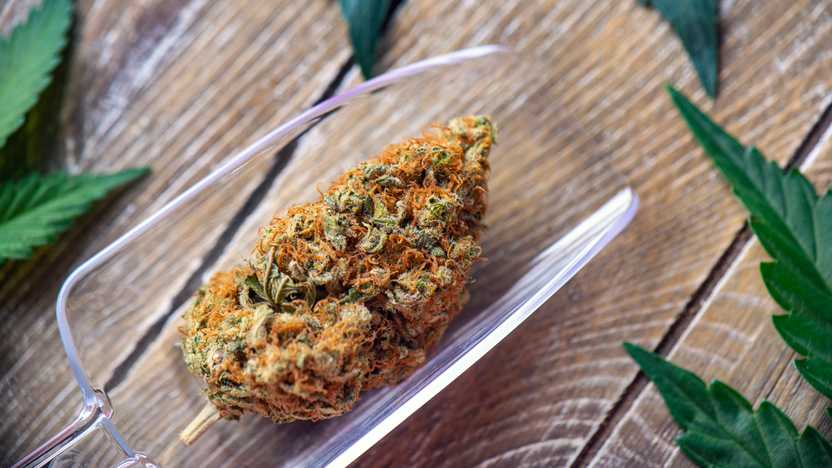Blue Baby Syndrome – Causes, Symptoms and Treatment
Blue baby syndrome is a condition that causes a baby’s skin to turn blue. It is also called infant methemoglobinemia. This condition occurs if the baby’s blood has a decreased amount of haemoglobin.
Haemoglobin is a blood protein that carries oxygen around the body and delivers it to tissues and cells. However, if the blood can’t deliver oxygen around the body, then it can lead to the baby turning blue. Typically, babies born in countries with poor water supply suffer from this condition.
Let’s take a look at the causes and symptoms of this condition and how to get it treated.
What are the Causes of Blue Baby Syndrome?
One of the most common causes is the consumption of water contaminated with nitrates by a baby. When this nitrate is consumed, the body converts it to nitrites. Once these nitrites bind to haemoglobin, it forms methaemoglobin. Unlike haemoglobin, methaemoglobin can’t carry oxygen.
Typically, babies under 3 years of age are most susceptible to this condition. However, it can also occur in other people.
Adults are at risk of suffering from this condition in case they have-
- Kidney failure requiring dialysis
- Gastritis or ulcers
- A genetic predisposition
Furthermore, there are a few other conditions that can cause a baby to turn blue-
- Congenital heart abnormalities can impact the amount of blood in a baby’s blood. This can cause the baby’s skin to turn blue.
- Tetralogy of Fallot (TOF) is a congenital heart condition that causes four structural abnormalities in the heart. These abnormalities lead to a decrease in oxygen in the blood. Hence, it can cause a baby’s skin to look blue.
- Methemoglobinemia occurs if nitric oxide is inhaled. This can cause the skin to turn blue.
Symptoms of Blue Baby Syndrome
Here are some common symptoms of blue baby syndrome-
- Blue discolouration of the skin
- Vomiting
- Seizures
- Increased salivation
- Diarrhoea
- Loss of consciousness
Diagnosis of Blue Baby Syndrome
If parents notice a bluish discolouration on their baby’s skin, then they should contact a cardiac surgery doctor quickly. After the check-up, the doctor can determine whether the baby has blue baby syndrome.
The doctor will ask for information about the baby’s medical history, feeding patterns, etc. A physical test can also be performed to examine the discoloured areas.
The doctor might ask for a few more tests, such as chest X-rays, blood tests, cardiac catheterization to examine the structures inside the heart and blood vessels, etc. Furthermore, the doctors might ask to test the water the baby has consumed for nitrate.
Treatment of Blue Baby Syndrome
The treatment recommended by the doctor will depend on the cause of the condition. For instance, if the baby’s skin is turning blue because of a congenital heart condition, then a surgery might be required for the treatment.
Furthermore, parents must avoid water that is contaminated with nitrate. This is crucial to improve the condition of the baby.
If the baby has a mild form of the syndrome, then the doctor might monitor him/her to ensure the condition doesn’t create more health problems.
How to Prevent Blue Baby Syndrome?
The best way to prevent blue baby syndrome is to avoid consuming water that has nitrate. Parents must find a different way to provide water to their babies, like using distilled water.
Blue baby syndrome is a condition that can occur if a baby drinks water that has nitrate. Thus, it’s essential that parents don’t let their children consume this water. However, if parents find blue discolouration on the skin of their baby, then they must contact their doctor quickly to get treatment. Getting a medical professional’s help is crucial in saving the baby. Parents can check for the best heart hospital in Bangalore, Hyderabad, Mumbai, or the city they live in to get a doctor’s help.



